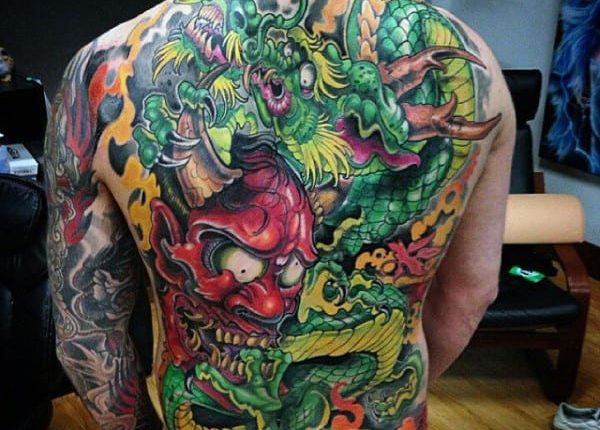What is Contemporary Tattooing?
In recent times, the art of tattooing has essentially become youth-driven, dominated by young tattooists with foundation in fine art and culture. Their customers are similarly youthful and frequently decorated with bold, powerful designs on their arms, hands, legs, and bodies, as well as various piercing.
Contemporary tattooing first came about during the hippy 1970s when anti-establishment youths began to wear tattoos as a symbol of resistance to law-abiding, middle-class values. Coincidentally, at the same time, contemporary tattoo artists appeared equipped with different types of training.
Before, it was typical for new tattooists to apprentice with an experienced tattooist, learning the ropes the slow way. But with this slew of counter-cultural sentiments, many new and young tattooists ordered a machine and some basic supplies and got started independently.
New tattoo images began to emerge with their presence, which appealed very much to this younger, rowdier audience. These tattoo designs were mostly inspired by “exotic” cultures such as Japan, Borneo, Samoa and North America rather than stemming from traditional sources like North American and European designs.
The rise of contemporary tattooing is turning unstoppable. Long unpopular and stigmatized in the West, tattooing has been given a new positive spin associated with well-respected cultural traditions.

Slowly and steadily, modern tattooists and promoters of tattooing successfully reintegrated tattooing into modern Western society. Tattoos shifted from a mark of stigma used by bikers, criminals, gangsters, and the military to a mark of individual expression. A newly elevated status was thus born.
Over time, contemporary tattooing brought about two lasting and significant changes in the world of tattooing. First, the available tattoo designs changed radically by moving from traditional badge-like techniques that have been common for hundreds of years in the West to non-Western techniques which target large swathes of skin.
Second, contemporary tattooists started to prefer customized tattoo designs created by them rather than use tattoo flash or something that took off the wall of a tattoo studio. Tattoo customers are strongly encouraged to design their tattoos with the assistance of these new-fangled tattooists.
Ironically, the transformation of our views on tattooing is possible because a tattoo’s historical position as a stigmatized sign was never really fixed. Eventually, the negative status of a tattoo eroded over time, giving rise to contemporary tattooing.

